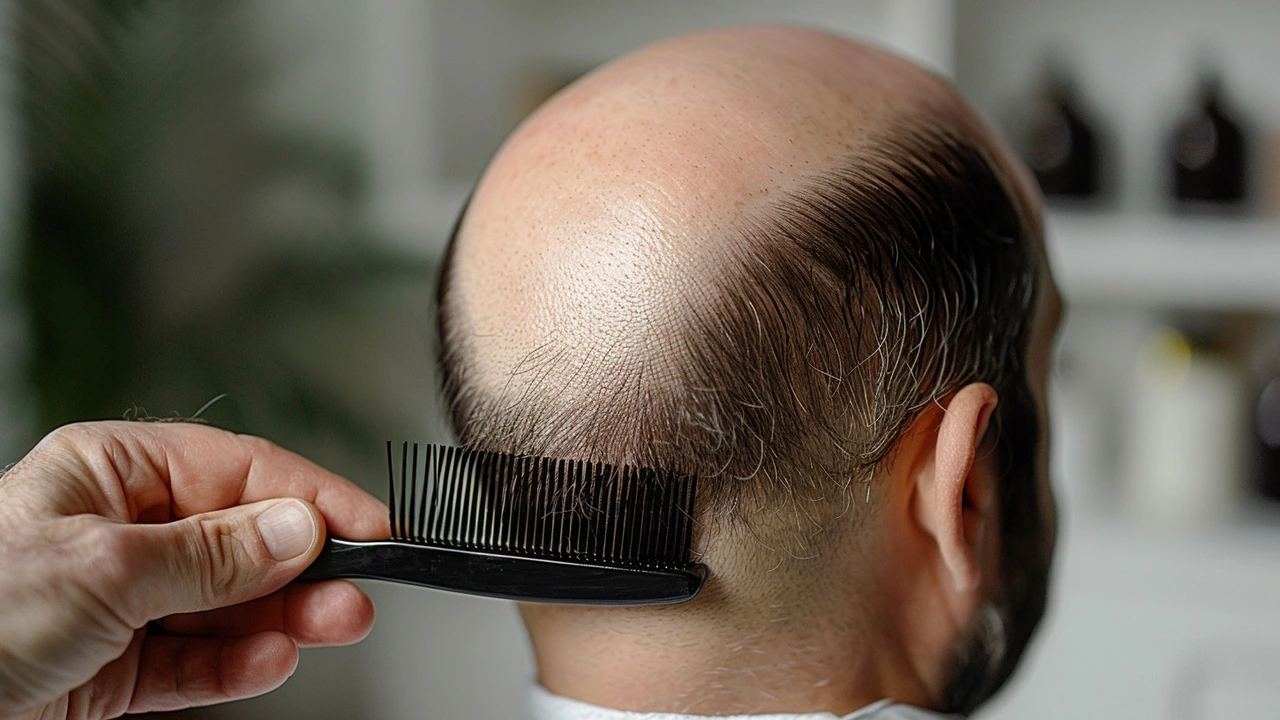Finasteride and prostate cancer: what the March 2024 update means
A Harvard Medical School study published in March 2024 reported that men taking finasteride for hair loss or BPH had fewer prostate cancer diagnoses than men who didn’t take the drug. That sounds promising — but what does it actually mean for you? Below I’ll explain the basics: how finasteride works, why the study matters, what risks to watch for, and practical steps to discuss with your doctor.
How finasteride works and why it might lower cancer risk
Finasteride blocks an enzyme called 5-alpha-reductase. That enzyme converts testosterone into dihydrotestosterone (DHT). DHT fuels both male pattern hair loss and prostate growth. By lowering DHT, finasteride shrinks prostate tissue and slows hair loss. The recent Harvard study found fewer prostate cancer cases among long-term users, suggesting DHT reduction may also reduce the chance that abnormal prostate cells develop into detectable cancer.
Key practical points: finasteride is typically used as 1 mg daily for hair and 5 mg daily for benign prostatic hyperplasia (BPH). The potential cancer risk reduction seen in studies usually appears after years of continuous use — this isn’t a quick fix or short-term benefit.
What to watch for: PSA testing, side effects, and who might consider it
If you’re on finasteride or thinking about it, remember these concrete items. First, finasteride lowers PSA (prostate specific antigen) roughly by half. Doctors usually double the PSA number from a man on finasteride to compare with normal ranges. Don’t skip PSA checks or assume a lower PSA means no risk — tell your clinician if you take the drug so results are interpreted correctly.
Second, side effects are real. Some men report reduced libido, erectile difficulties, or lower ejaculatory volume. A small number experience mood changes or persistent sexual problems after stopping the drug. Pregnant women should not handle crushed tablets because finasteride can harm a developing male fetus.
Who might consider finasteride for potential prostate benefit? Men already using it for hair loss or men with bothersome BPH symptoms who meet prescribing criteria might get the added upside of reduced prostate cancer diagnoses. But finasteride is not a universal cancer prevention pill — the decision should be personal and medical. Factors to weigh include age, family history of prostate cancer, current prostate symptoms, and tolerance for possible side effects.
If you’re curious about the Harvard study specifically, ask your provider for the paper or a summary. Bring questions like: How might finasteride change my PSA monitoring? Do I have risk factors that make this drug more useful for me? What dose is best for my goals?
Bottom line: the March 2024 findings are encouraging but not definitive for everyone. Finasteride can reduce DHT, help hair or BPH, and — according to recent research — may lower prostate cancer diagnoses over time. Talk it over with your clinician so you get balanced advice based on your health and priorities.

Finasteride's Broader Impact: Beyond Hair Loss to Prostate Cancer Prevention
A groundbreaking study by Harvard Medical School indicates finasteride, a drug primarily used for treating male pattern baldness, may also substantially reduce prostate cancer risk among men. This discovery hints at significant health advantages beyond mere hair regeneration.
- Health and Wellness (59)
- Drug Information (52)
- Pharmacy Information (19)
- Medical Conditions (18)
- Supplements (4)
- Diabetes (3)
- Travel Health (2)
- Parenting (2)
- Mental Health (2)
- Heart Health (1)
-
Top Alternatives to Methylphenidate: Exploring Your Options
25 Mar 2025 -
FDA Databases: How to Verify Medications and Spot Counterfeit Drugs
10 Nov 2025 -
How Dementia Affects Memory and Cognitive Function
17 Oct 2025 -
Circadian Rhythm Disorders: Understanding Jet Lag and Delayed Sleep Phase
26 Dec 2025 -
International ICH Guidelines: How Global Harmonization Improves Medication Safety
31 Dec 2025

22.03.24
Alistair Mukondiwa
16